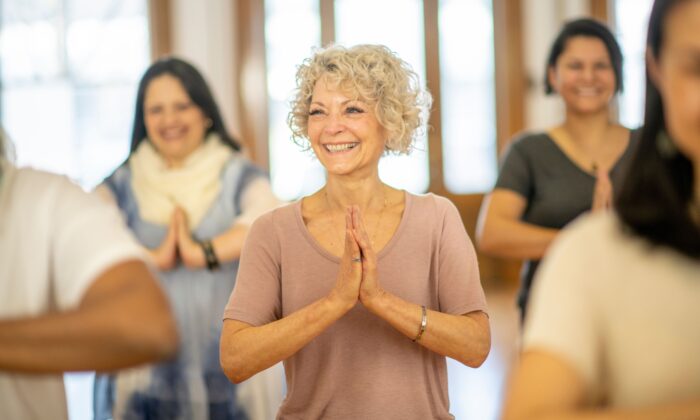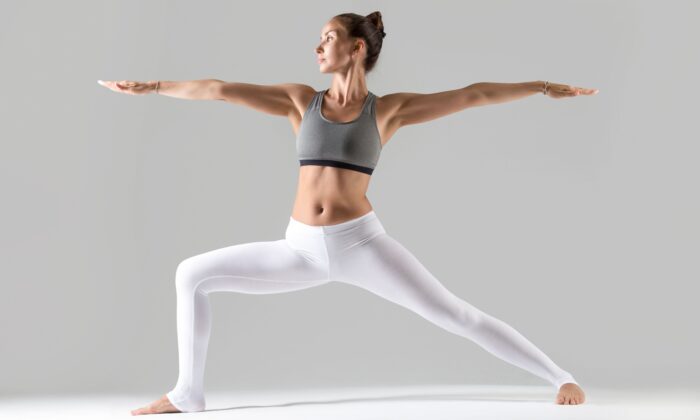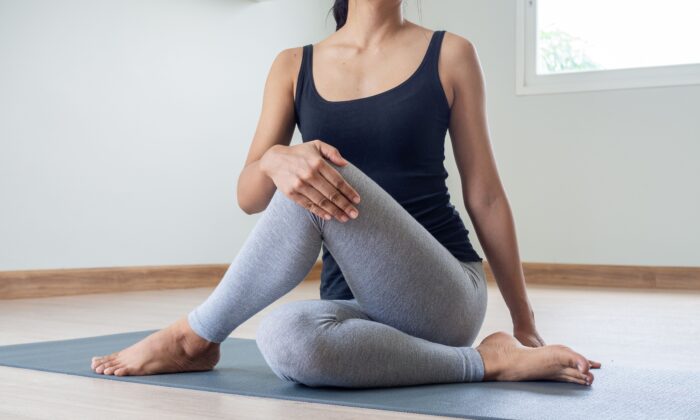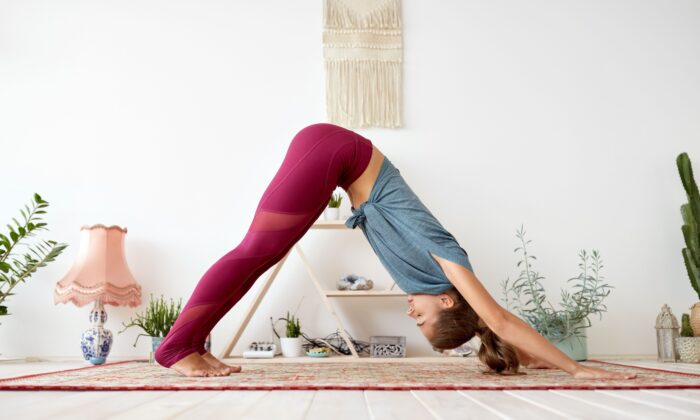Defying Age with Yoga Exercises
17 avril 2021, samedi
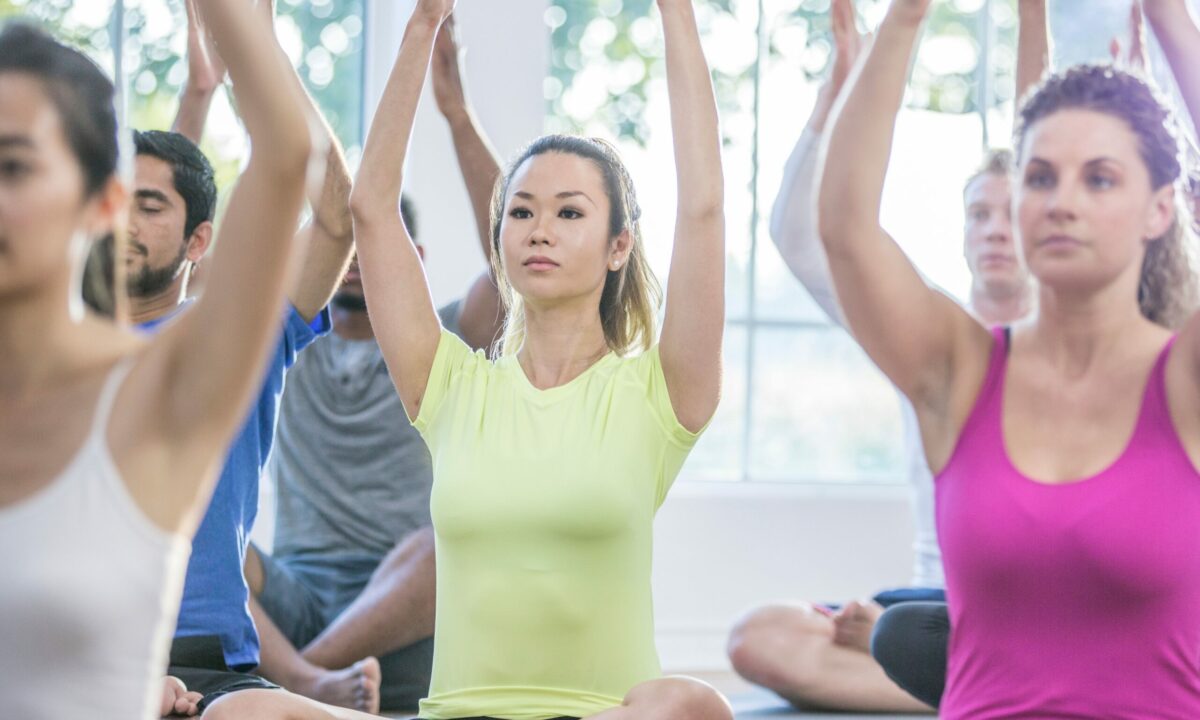
Have you ever wondered whether with yoga exercises, is it possible to slow down the effects of ageing on your body? If so, you’re not alone.
While it’s impossible to stop time the passage of time, there are things you can do to limit the effects of ageing on your body. No matter your age and your history of exercising, yoga can be a helpful routine to combat the signs of ageing.
So don’t let the fight against ageing slip away from you. Make an effort to promote your health and longevity through exercising regularly with yoga.
How Yoga Can Help
When you practice yoga regularly, it has a refreshing effect on the body, both mentally and physically. Let’s go over some of the specific ways that yoga can help with anti-ageing.
Yoga Contributes to the Production of DHEA and Melatonin
Yoga and meditation have been shown to increase hormones that have a relation to longevity. That’s not all – yoga can help reduce stress and also increase your sense of well-being.
The hormone in question is known as DHEA. The problem is, as our bodies get older, we stop producing as much of it naturally. According to a study conducted by the Evidence-Based Complementary and Alternative Medicine group, 12 weeks of regular yoga produced a significant increase in GH and DHEAS for males and females compared to their baseline data.
It’s also worth mentioning that yoga and meditation help increase melatonin production. Melatonin is a hormone that helps produce relaxation and healthy sleep. In a study by the Journal of Alternative and Complementary Medicine, they found that there was an increase in melatonin levels after three months of regular yoga.
A lack of sufficient sleep increases the risk of developing serious health problems, which is a direct threat to the body’s longevity. That’s why keeping healthy natural melatonin levels helps with the fight against ageing.
Yoga Helps You Retain Muscle As You Age
Unfortunately, as we age, it becomes harder and harder for our bodies to hold on to muscle. Additionally, after your mid-twenties, increasing muscle mass becomes increasingly difficult for the body.
Having muscle mass is not only necessary to help with physical activity, but it also plays a key role in fighting off chronic illnesses. One example of this is apparent when looking at Type 2 diabetes. Type 2 diabetes results in higher levels of blood glucose in the body. Research shows that when there is more muscle mass within the body, it provides additional storage for glucose.
That’s just one example. The benefits of increasing and maintaining muscle mass through strength training extend to the fight against heart disease, Parkinson’s disease, and osteoarthritis, to name a few.
Yoga exercises help tone your muscles and increase muscle endurance. Think of the old phrase “Use them or lose them”. This applies to the muscles all over your body, and yoga is a great way to keep your muscles active and healthy.
Open Up Your Body and Increase Flexibility
Unfortunately, most people aren’t as flexible as they should be. Everyone can be guilty of skipping their stretches from time to time. We shouldn’t neglect stretching, though.
As our bodies age, they naturally stiffen, which can have a larger effect on overall health. When our bodies become stiff, it can create muscle imbalances. This can often lead to injury when the body is physically active.
Yoga is one of the best ways to improve your body’s flexibility. Luckily, results can start to appear relatively quickly too when done consistently.
Anti-ageing Yoga Exercises
Now that we’ve gone over how yoga can aid you in the fight against ageing, let’s look at some basic yoga exercises to get you started.
Warrior Pose
To practice the warrior pose, start by standing up straight on both feet. Your feet should be fairly wide apart. Point your right foot inward and your left foot outward. As you get into this position, bend your left knee and stretch your arm out.
When you’re in the pose, you should be looking at your left arm. Stay in the warrior pose position for at least 10 seconds. Once finished, go back to standing up straight, then switch to the other side.
Tree Pose
The tree pose will require a little bit of balance. To do the tree pose, start by standing on one foot and bring your other foot to the inner side of your thigh. The placement should be right above the knee.
Next, bring your arms up above your head and put your hands together like you’re praying. Inhale and hold the position for at least 15 seconds. When finished, return to a regular standing position and go into the tree pose on the opposite side.
Forward Pose
The forward pose is pretty straightforward, but it can be a little more difficult if you are lacking flexibility. It will become easier for the body with consistent stretching over time.
Start by standing up with both feet together. Bend your knees slightly, inhale and raise your arms over your head. As you exhale, bend forward and go down as far as you can. Reach to hold your ankles if you have the flexibility to get that low. Hold for at least 10 seconds and return to a standing position.
Seated Twist
To perform the seated twist, start by sitting down on your mat. Cross your legs and reach one hand over to the opposite knee. Twist your torso so that you’re looking behind you and place your other hand on the ground behind you to balance yourself. Hold that position for at least 10 seconds, return to your original position, and then switch sides.
Downward Dog
One of the best yoga poses to improve flexibility, especially in the spine, is the downward dog. Start by standing up straight, with your feet together. Then, similar to the forward pose, lean forward towards the ground. Touch your hands to the floor and walk them forwards.
Point your butt towards the sky, with your core engaged and your head loosely hanging towards the floor. Similar to our other suggested yoga exercises, hold the downward dog position for at least 10 seconds and return to the standing position.


